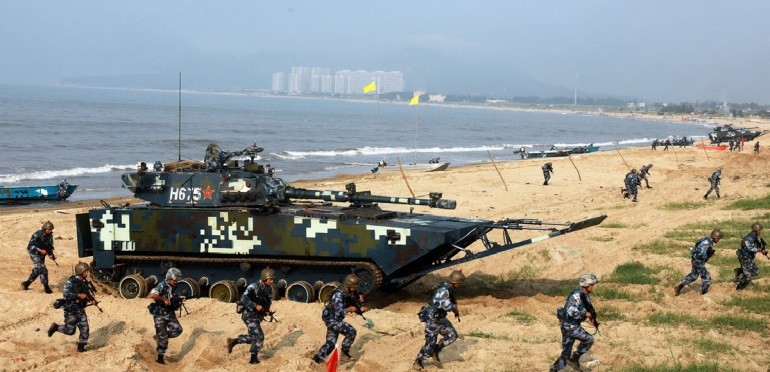The rising costs of China’s friendship with Russia
The war in Ukraine represents a threat to China’s economy and could lead to a diplomatic backlash over its support for Moscow
When the Russian invasion of Ukraine started two weeks ago, Jane Yan, a senior executive at a machine parts maker in eastern China, said she was not too worried about the impact. After all, buyers in Russia and Ukraine accounted for less than 5 per cent of the company’s overseas sales last year. But as the full ferocity of the Russian onslaught started to become apparent, the outlook shifted dramatically. Important clients in countries such as Poland and Germany cancelled orders with the Zhejiang-based company. “A Munich-based client said ‘it feels terribly wrong to send money to a country that is tolerating war in Ukraine — sorry’,” said Yan, who asked that her employer not be identified. She added that inquiries from European buyers have also fallen sharply since the conflict started. “I hope the war ends as soon as possible.”
For Xi Jinping, some of the very same pressures are starting to build. In the early days of the Russian invasion, China tried to keep its head down — perhaps in the hope that a short, sharp incursion would not cause too many reverberations. But over the past week, as Russia has intensified its bombardment of urban areas, Xi has found himself facing the potential for two interlocking crises. As the biggest importer of oil and a big buyer of food from around the world, China’s economy is very exposed to the market turmoil that the war and subsequent sanctions have unleashed. It also risks a deep diplomatic backlash, especially in Europe, where many see it as little short of an accomplice to the invasion. Only last month, Xi and Vladimir Putin, the Russian leader, signed a “no limits” partnership in Beijing, which one US senior official described as the “coming out party” for their growing allegiance. China’s president has proclaimed that the Sino-Russia relationship is “stronger than an alliance”.
China’s economy is deeply exposed to the market turmoil Putin’s war in Ukraine and subsequent sanctions have unleashed
But that close relationship is coming with a much bigger cost than China ever imagined, as Putin conducts a bloody and poorly executed invasion of Ukraine that has tainted Beijing by association. Some politicians and government officials in the US, Europe, Australia and Japan now describe Beijing as the eastern anchor of an authoritarian axis stretching across the Eurasian continent. Although China has discussed the idea of playing a mediating role in the war, western officials see little sign that Beijing is yet reconsidering its close relationship with Russia. But they believe that pressure on the Chinese leader is increasing. Bill Burns, CIA director, says that Xi and China’s leaders have been caught off guard by the Ukraine conflict.
“They’re unsettled by the reputational damage that can come by their close association with President Putin [and] second by the economic consequences,” Burns told Congress this week. He added that they were also surprised “by the way in which Vladimir Putin has driven Europeans and Americans much closer together”. The worst wheat crop in history At a time when the Chinese government is already facing stiff economic headwinds and will struggle this year to meet its lowest annual economic growth target in three decades, Putin’s war has suddenly thrust even greater economic challenges upon Xi. Russia’s decision to invade the entire country has outraged the western world, triggering both a far more unified response on sanctions and sharp increases in the prices of a wide range of energy and agricultural commodities — many of which China is a large importer of.
Some analysts say US policy under Donald Trump and Joe Biden brought China and Russia together — especially the US’s strengthening of ties with Taiwan © Ritchis B Tongo/EPA-EFE China’s growing economic discomfort was noticeable in the video conference Xi held on Tuesday with his French and German counterparts Emmanuel Macron and Olaf Scholz. The Chinese leader appealed for “maximum restraint” in Ukraine and said the three countries should “jointly support peace talks” between Moscow and Kyiv. But he also criticised western sanctions that are exacerbating commodity price rises.
“Sanctions will affect global finance, energy, transportation and stability of supply chains, and dampen the global economy that is already ravaged by the pandemic,” Xi said. “This is in the interest of no one.” Among the large economies, China is one of the most exposed to the fallout from the war. As the world’s biggest importer of oil, it has watched crude prices — which were already high — surge 27 per cent since the war began, while Chinese iron ore contracts surged 25 per cent over the first 10 days of the conflict. The scale of China’s energy and resource demands are striking: last year its imports of crude oil and natural gas reached Rmb2tn ($316bn), and it spent another Rmb1.2tn on iron ore imports. The world’s second-largest economy imports about 70 per cent of its oil and 40 per cent of its gas. The impact could be even more pronounced on food. Chinese wheat prices and corn futures are also at record highs, perhaps prompting a lecture on Sunday by Xi about the importance of food security to a group of delegates attending the annual session of China’s parliament. “We should not slacken our efforts on food security,” the president said. “Nor should we rely on the international market to solve the problem. We need to be prepared for a rainy day [and] keep food security as our priority.” “Chinese bowls,” he added, should be “mainly filled with Chinese food.”
China’s trade with Russia reached $147bn last year, compared with $828bn and $756bn, respectively, with the EU and US Shipping containers are stacked at a port in Lianyungang, China. B
Xu Poling, a researcher at the Chinese Academy of Social Sciences who studies Russia’s economy, says the conflict in Ukraine is not in Beijing’s interest. “China won’t benefit from the Russia-Ukraine war,” Xu said. “The conflict has disrupted global supply chains on which the Chinese economy depends. China’s trade with Russia is far smaller than developed economies like the US and EU.” China’s trade with Russia reached $147bn last year, according to Chinese figures, compared with $828bn and $756bn, respectively, with the EU and US. “Oil prices are above $100 and who is the biggest oil importer in the world — Beijing,” says one China-based industry executive, who asked not to be identified.
“Gas prices are very high and who has a lot of shale gas — the US. Wheat prices [are surging] and that also hurts the Chinese. I can assure you the Russians are going to ask for market prices.” What did Xi know? The fallout will not just be limited to the economy. Xi also risks a significant geopolitical setback just months before he is expected to begin an unprecedented third term when the Chinese Communist party’s Congress convenes in October or November. French president Emmanuel Macron holds a video conference with Germany’s Olaf Scholz and China’s Xi Jinping. Some western leaders describe Beijing as the eastern anchor of an authoritarian axis stretching across the Eurasian continent French president Emmanuel Macron holds a video conference with Germany’s Olaf Scholz and China’s Xi Jinping.
Two years ago, Xi faced difficult questions about what he knew about the early stages of the coronavirus pandemic. Now the world wants to know if Putin told Xi about his Ukraine invasion plans when the two men met in Beijing on February 4 to sign their wide-ranging joint statement. For Beijing, there is no good answer to the questions about Ukraine. Jude Blanchette, a China expert at the Center for Strategic and International Studies in Washington, notes that if Xi did not know about Putin’s invasion plans before signing the joint agreement, then he “was played, shows less sophistication in his view of Russia and potentially [oversaw] a catastrophic failure of Chinese intelligence”. That, Blanchette adds, is “not a particularly good look for a leader who is trying to position himself as all-knowing, all-seeing and in command”. And if Xi did know of Putin’s plans, then the Chinese president is complicit in what could turn out to be the bloodiest conflict on the European continent in 80 years. The outrage in Europe over the war is potentially dangerous for Beijing. While China has escalated its own geopolitical contest with the US in recent years, it has worked energetically to prevent Europe joining forces with Washington.
It has done this partly through using the allure of its market for German and other countries’ companies and partly by playing divide and rule. But the Russian invasion has united the US and EU in ways that seemed impossible during the presidency of Donald Trump. “They’ve valued their relationship with Europe and . . . what they believe to be their capacity to try to drive wedges between us and the Europeans,” Burns said, in describing why China was privately uneasy about Ukraine.
This dynamic is not limited to Europe. When Scott Morrison, Australian prime minister, announced plans on Monday for a new A$10bn ($7.4bn) submarine base intended to counter China’s growing military might, he also tied it to the war in Ukraine. “A new arc of autocracy is instinctively aligning to challenge and reset the world order in their own image,” he said. “Events are now lifting the veil. Perhaps the scales are beginning to fall from the world’s eyes also.” ‘The tsar and the emperor’ Even amid the mounting pressure and the signals about acting as a mediator, there are few signs yet that China is distancing itself from Russia. Chinese officials continue to insist, as Chinese foreign minister Wang Yi did on Monday, that Russia is China’s “most important strategic partner”. “China wants to have its cake and eat it,” says a US official. “Privately they remain aligned with Russia, but publicly they don’t want to be tainted because of guilt by association.” Sheena Greitens, a China expert at the University of Texas in Austin, says the situation in Ukraine has forced China “on to its back foot”. But while China says it supports a diplomatic solution, she says it is engaging in “platitudes”.
President Xi said that with food security, China ‘should [not] rely on the international market to solve the problem. We need to be prepared for a rainy day’ “They are invoking language about sovereignty and territorial integrity, which are being blatantly violated in front of the world,” says Greitens. But she adds that even if some Chinese officials did want to recalibrate relations with Russia, they would struggle precisely because Xi has put a “very personal stamp” on Sino-Russian relations. Alexander Gabuev, a Moscow-based senior fellow for the Carnegie Endowment, says that there are strong reasons for what he calls the “personal chemistry” between Xi and Putin. “For the first time we have two leaders who are similar,” he says, pointing to their similar age, their “tough childhoods” and the fact that “they want to make their countries great again”. He adds: “What’s also important is that both Russia under Putin and China under Xi have become much more leader centric . . . the tsar and the emperor.” Ryan Hass, a China expert at the Brookings Institution, adds that so far there was no indication that China was reorienting its posture. “Beijing has continued to tilt towards Moscow even as they rhetorically seek to present themselves as neutral,” says Hass. “The Chinese are telling themselves that Ukraine is a faraway problem and that they can avoid entanglement in it. It will be important to disabuse Beijing of any notion that China’s interests will not be harmed by Russia’s invasion.” From Beijing’s perspective, the close relationship it has built up with Russia is the direct result of the US taking a more confrontational approach to China over the past decade.
Chinese wheat prices and corn futures are running at record highs Farmers spray crops in Jiangsu province, China.
In the view of Chinese officials, this started with Barack Obama’s “pivot” to Asia and accelerated in 2018 when Donald Trump, after a year of halfhearted trade talks, started a bitter trade war with China that began with the unilateral imposition of punitive tariffs and later broadened to include restrictions on Chinese companies’ access to cutting-edge American technologies. Since taking office, Joe Biden has ignored demands from Beijing to unwind Trump’s tariffs and technology restrictions. He has continued to take a tough stance on China while at the same time rebuilding western alliances and coming up with a new security architecture, such as the Aukus pact that will give Australia submarine nuclear propulsion technology.
“The real goal of the US . . . is to establish an Indo-Pacific version of Nato,” Wang, China’s foreign minister, said on Monday. “It seeks to maintain the US-led system of hegemony, undermine . . . regional co-operation [in south-east Asia] and compromise the overall and long-term interests of countries in the region. The[se] perverse actions . . . are doomed to fail.” Ni Lexiong, an independent military analyst in Shanghai, says that while “it’s not good [for China] to be too close to Russia at the moment, China cannot make a 180-degree [course] change”. CIA director Bill Burns says that China has been caught off guard by the Ukraine conflict CIA director Bill Burns says that China has been caught off guard by the Ukraine conflict © Jim Lo Scalzo/EPA-EFE Trump and Biden’s policies, he argues, have brought China and Russia together — especially the US’s strengthening of ties with Taiwan, the self-governing island which Beijing claims as part of its territory. “In terms of its broader geopolitical strategy, China needs Russia. It’s impossible for China to condemn Russia,” he says. “The US does not want China to [unify with Taiwan] out of its desire to control Asia. On Taiwan, China and the US have irreconcilable contradictions. Intentionally or unintentionally, the US has pushed China into the pro-Russia camp.” Trade Secrets The Trade Secrets Newsletter is the F
Sima Nan, an influential nationalist commentator in Beijing, argues that China’s de facto alliance with Russia is ultimately about self-preservation. “We cannot say we support Russia, but we have some sympathy towards Russia,” he said. “If the west cripples Russia, China could be next.” Additional reporting by Emma Zhou in Beijing Get alerts on Chinese politics & policy when a new story is publishedhttps://www.ft.com/content/50aa901a-0b32-438b-aef2-c6a4fc803a11
/cloudfront-us-east-2.images.arcpublishing.com/reuters/QDGP7NKSQZLVBGTCBBXZ66YISQ.jpg)
 www.reuters.com
www.reuters.com
/cloudfront-us-east-2.images.arcpublishing.com/reuters/QDGP7NKSQZLVBGTCBBXZ66YISQ.jpg)



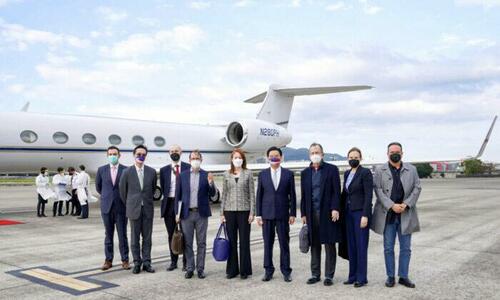 Taiwan's Foreign Minister Joseph Wu (4th R) stands with a U.S. delegation including retired Admiral Mike Mullen (3rd R), former chair of the Joint Chiefs of Staff, as they arrive at Taipei Songshan Airport in Taiwan on March 1, 2022. (Taiwan Ministry of Foreign Affairs via AP)
Taiwan's Foreign Minister Joseph Wu (4th R) stands with a U.S. delegation including retired Admiral Mike Mullen (3rd R), former chair of the Joint Chiefs of Staff, as they arrive at Taipei Songshan Airport in Taiwan on March 1, 2022. (Taiwan Ministry of Foreign Affairs via AP)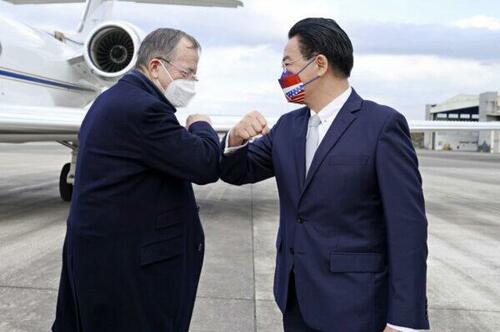 Taiwan’s Foreign Minister Joseph Wu (R) greets retired Admiral Mike Mullen, former chair of the Joint Chiefs of Staff, as the latter arrives at Taipei Songshan Airport in Taiwan on March 1, 2022. (Taiwan Ministry of Foreign Affairs via AP)
Taiwan’s Foreign Minister Joseph Wu (R) greets retired Admiral Mike Mullen, former chair of the Joint Chiefs of Staff, as the latter arrives at Taipei Songshan Airport in Taiwan on March 1, 2022. (Taiwan Ministry of Foreign Affairs via AP)

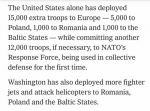
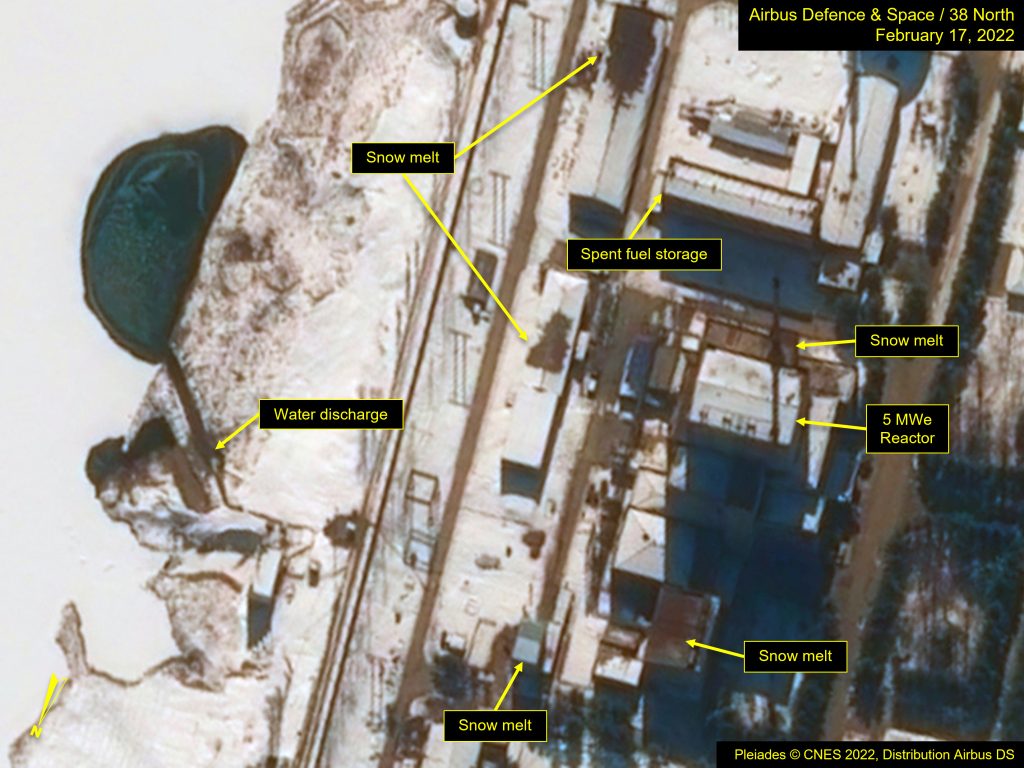
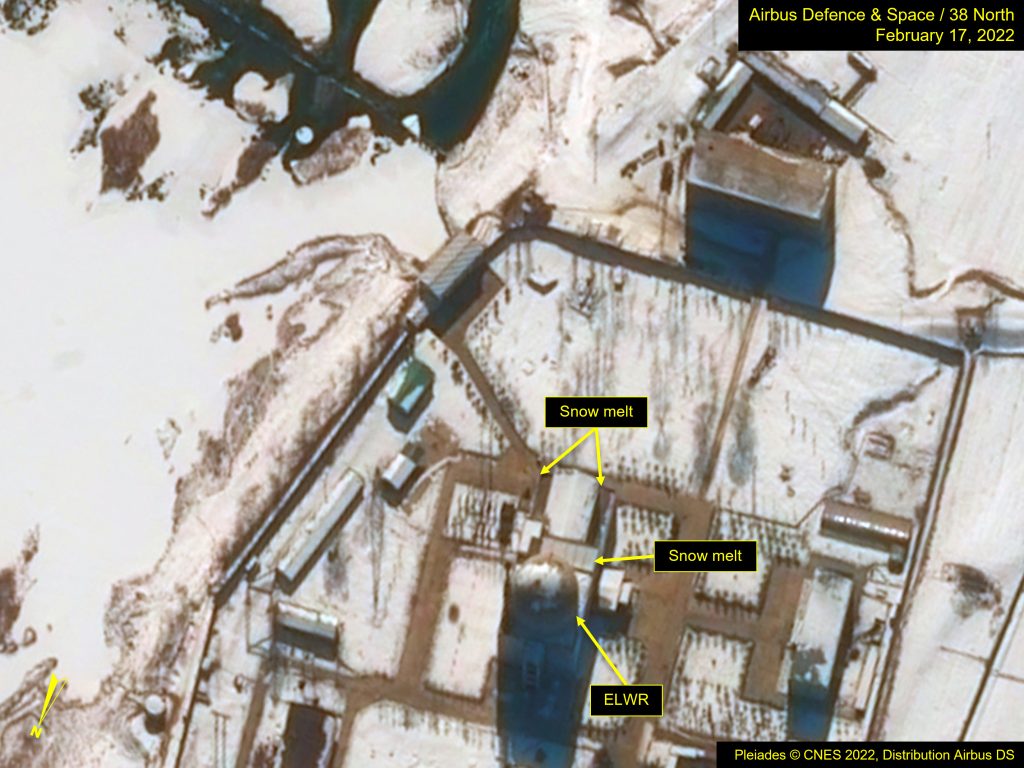
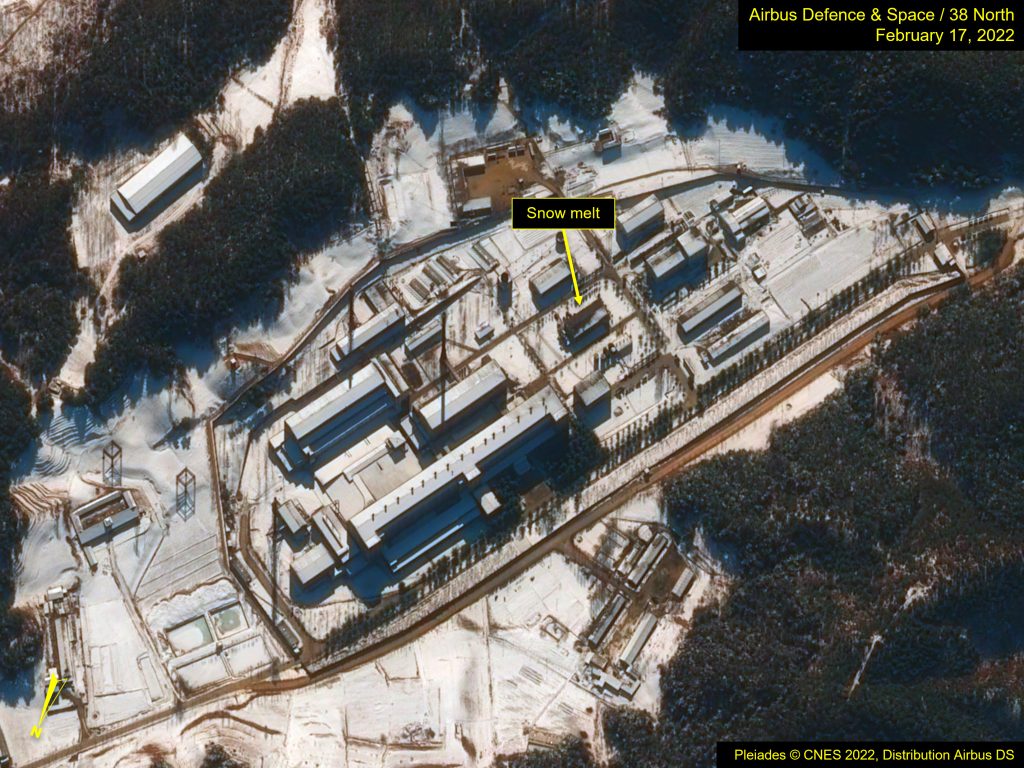
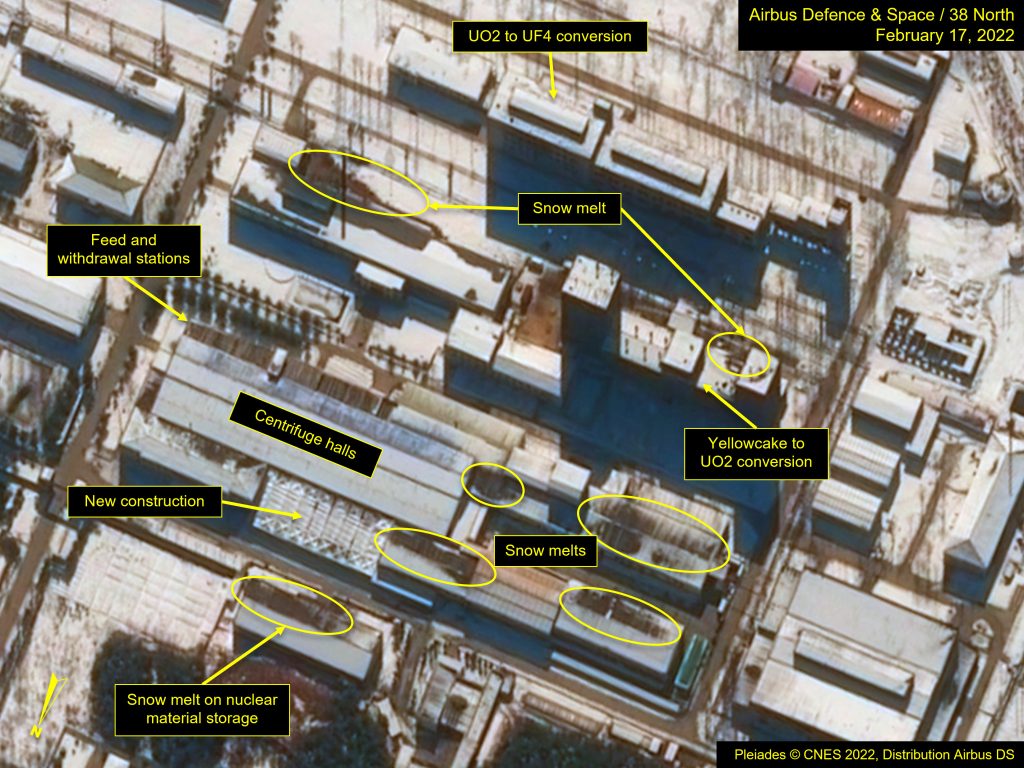

/cloudfront-us-east-2.images.arcpublishing.com/reuters/B5Z7FR5YMRMW7NW5O2RNJOP3WQ.jpg)



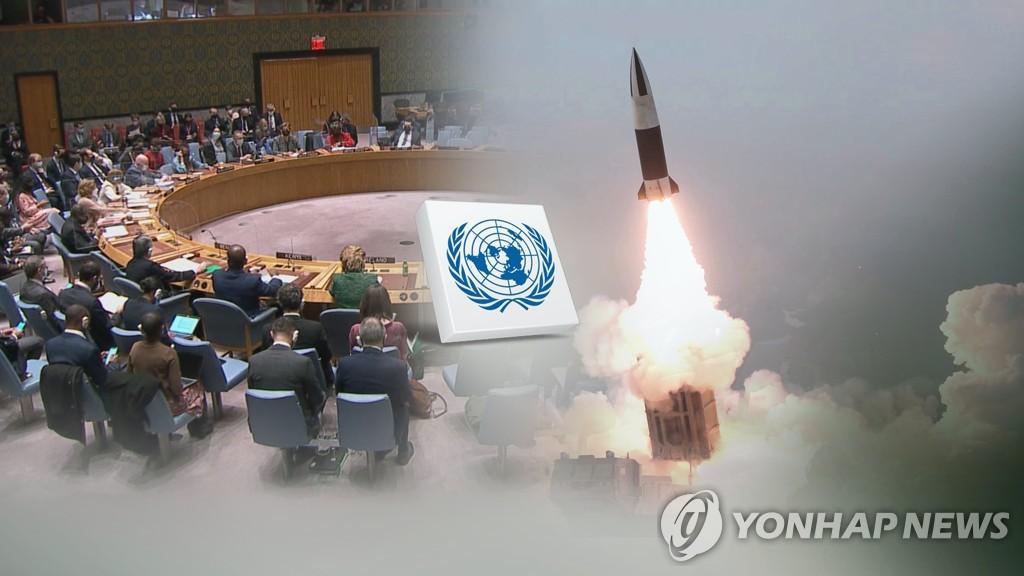
/cloudfront-us-east-2.images.arcpublishing.com/reuters/MR4G3LICLVPFZJVLMZZRXOO6BM.jpg)




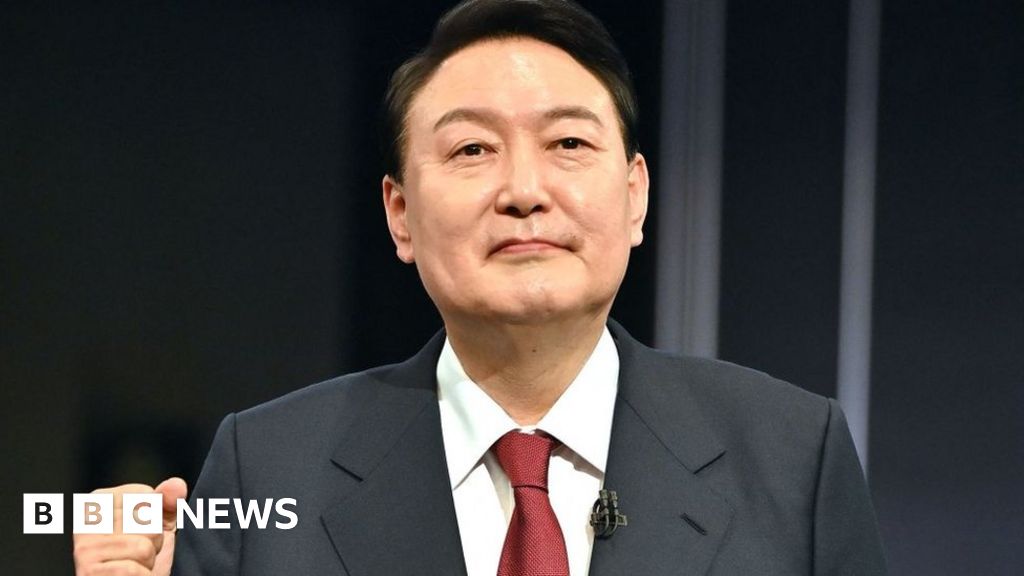

/cloudfront-us-east-2.images.arcpublishing.com/reuters/6YW4SVHGUVJFTBO2JWAPHNJCO4.jpg)


